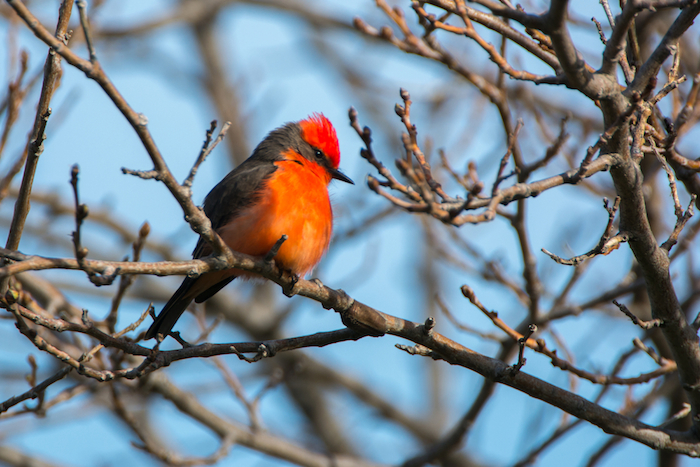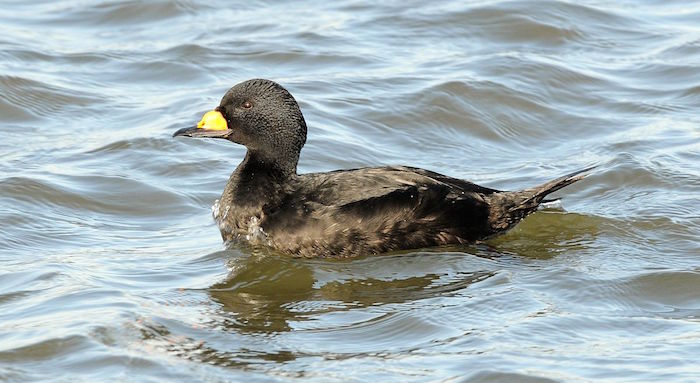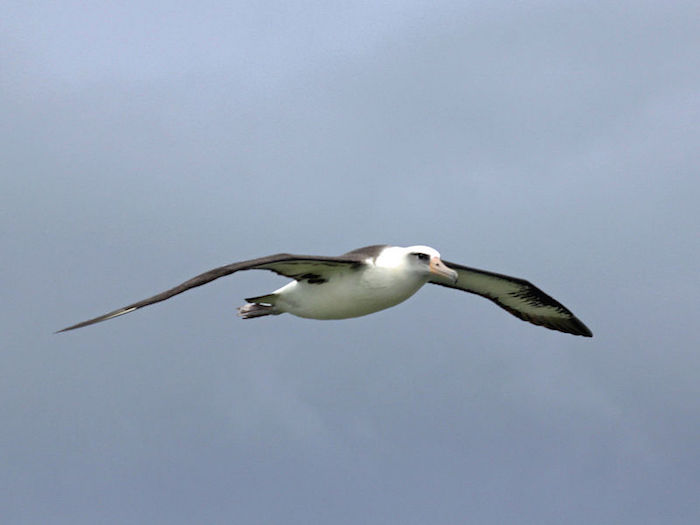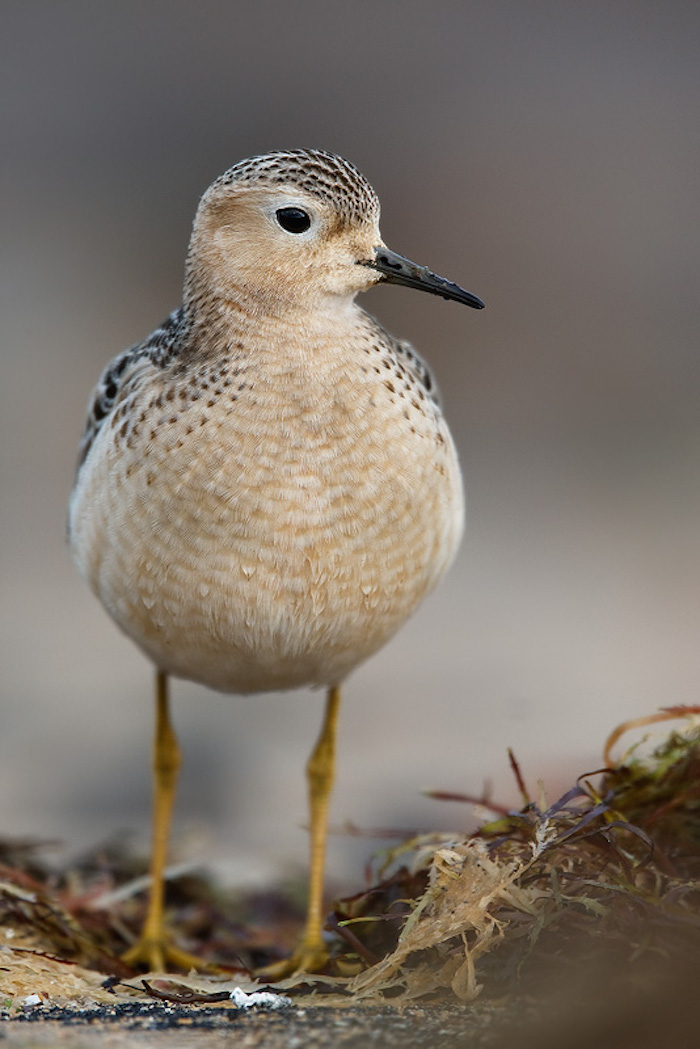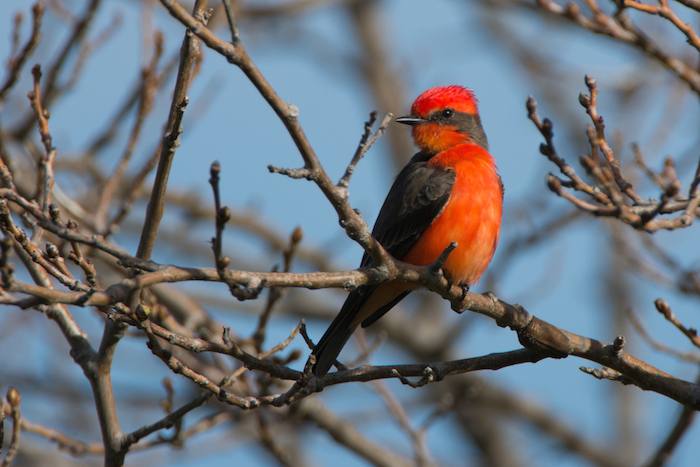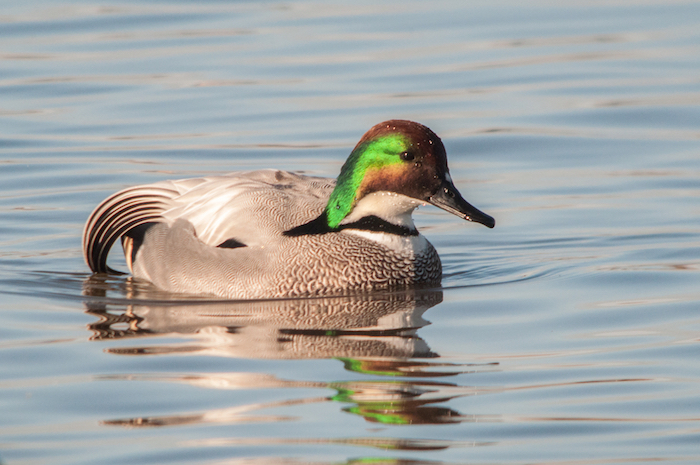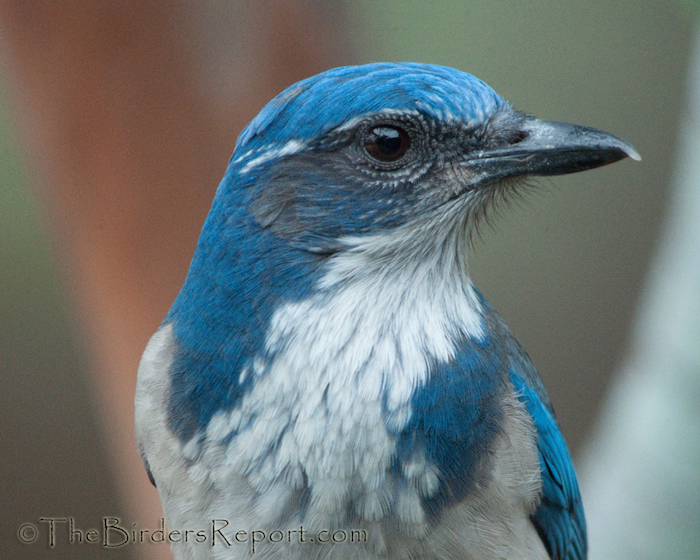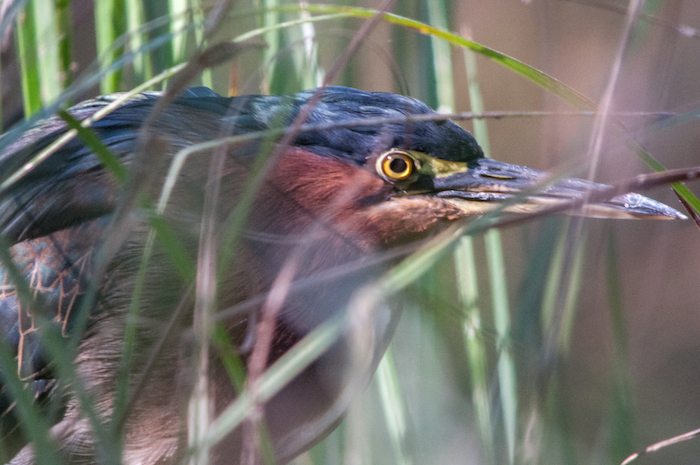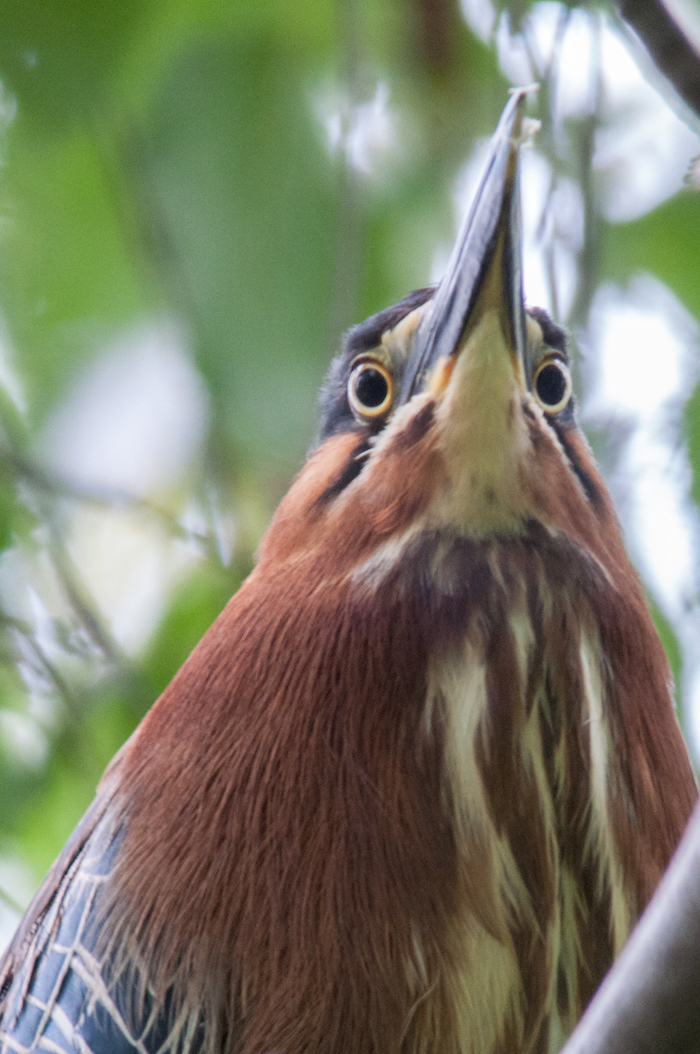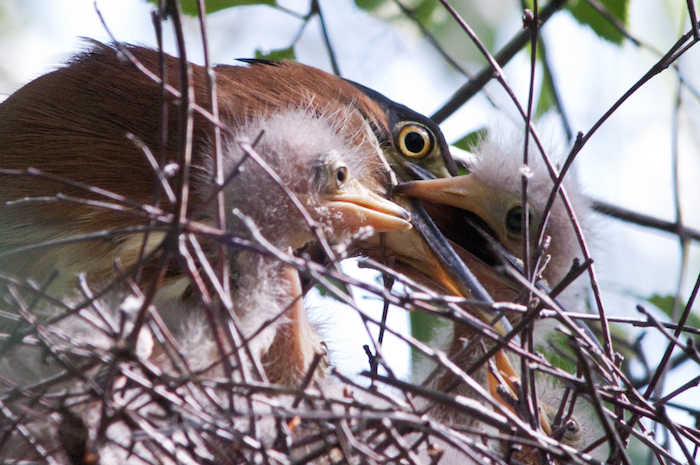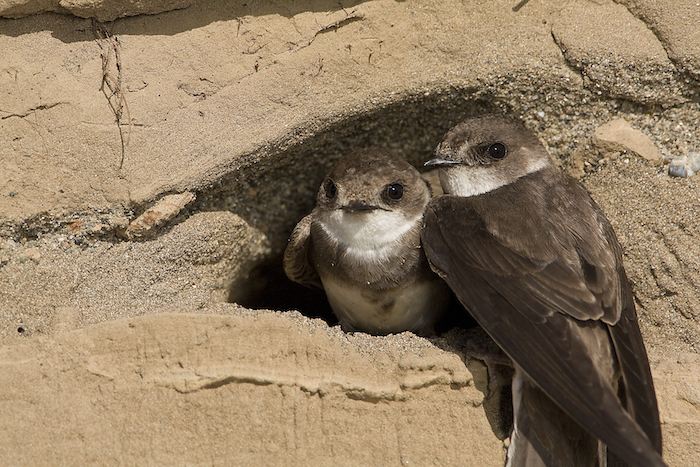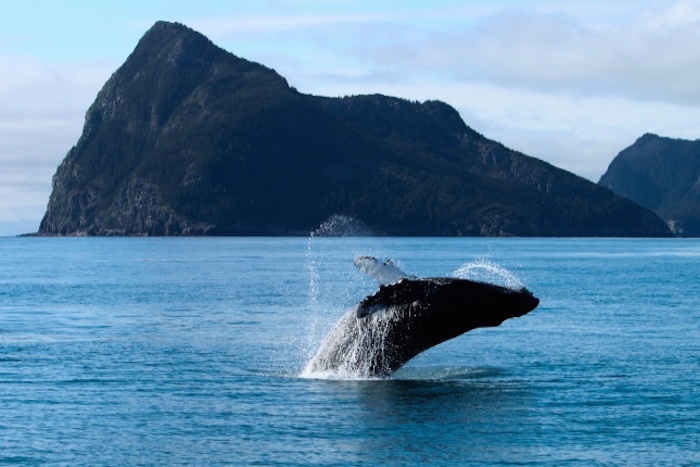
ANCHORAGE, AK/NEW YORK, NY – November 18,2016 – Today, the Bureau of Ocean Energy Management (BOEM) announced it will remove the Arctic and Atlantic oceans from the offshore leasing program for the next five years, 2017-2022. This move spares crucial wildlife habitats, including the Arctic’s Barrow Canyon, Harrison Bay, and Smith Bay, from new leasing activities.
“Hitting the pause button on offshore drilling in the Arctic and the Atlantic is exactly the right thing to do,” said David Yarnold, president and CEO of the National Audubon Society. “Offshore drilling is a dirty and dangerous business, and removing the Arctic and Atlantic oceans from the offshore leasing plan gives everyone time to think hard about how well water and oil mix. The Obama Administration understands that the productivity of our oceans is jeopardized when we drill in the wrong places. We should be thinking first about protecting ocean life and quickly moving to cleaner sources of energy”
There are ten globally-significant Important Bird Areas, supporting millions of birds, in the Arctic Ocean and along its shoreline in the Chukchi and Beaufort seas lease areas. The Chukchi and Beaufort seas are also home to polar bears, walrus, four species of ice seals, and several species of whales.
“The Arctic Ocean contains vital ecological areas that are critical for the survival of many birds and wildlife species,” said Nils Warnock, Executive Director for Audubon Alaska. “This prudent Five-Year Program prevents new leasing in this crucial habitat at a time of unprecedented ecological change in the Arctic.”
Offshore from Barrow, the farthest north community in the US, Barrow Canyon is a hotspot of biodiversity. The seafloor drops suddenly, creating an underwater canyon. When the cold, nutrient-rich Arctic Current encounters this barrier, it rises to create a fertile upwelling of foods consumed by many types of larger marine animals, such as bowhead and beluga whales.
In the shallow waters of Harrison Bay, millions of birds congregate to take advantage of the rich aquatic foodweb. The Colville River is Alaska’s largest Arctic river, and the nutrient supply from the Colville combines with shallow water of Harrison Bay, resulting in higher productivity than other areas nearshore in the Beaufort Sea. The sheltered waters support a remarkable diversity of bird species of concern, from Artic Terns to Yellow-billed Loons, from Surf Scoters to King Eiders. Harrison Bay harbors a substantial abundance, as well as diversity, of seabirds and seaducks.
Smith Bay, another vital ecological area in the Arctic Ocean, is also well known for its bird life. Several rivers flow into Smith Bay, where a ring of barrier islands shelters shallow waters from the greater Beaufort Sea. Smith Bay is adjacent to the Teshekpuk Lake area, a known ecological hotspot for molting and nesting shorebirds and waterfowl. These birds also forage along the nearby coasts and marine waters. Birds such as Pomarine Jaegers, Red Phalaropes, shearwaters, and Thick-billed Murres rely on these areas; feeding bowhead whales use these waters in the summer and fall; and ice edges provide foraging and maternal denning habitat for polar bears.
“Removing the Arctic Ocean from the Five-Year Program is a tangible first step toward alleviating the pressures of oil spills and climate change on these most important Arctic marine areas,” said Warnock.
The Proposed Final Program now goes to Congress for a 60-day period, before BOEM registers the final Record of Decision.
More Information
The Vital Arctic Ocean Areas Storymap highlights ecologically important areas, told through articles written by Arctic field biologists and researchers
###
Since 1977, Audubon Alaska’s mission is to conserve the spectacular natural ecosystems of the state, focusing on birds, other wildlife, and their habitats, for the benefit and enjoyment of current and future generations. Audubon Alaska uses science to identify conservation priorities and support conservation actions and policies, with an emphasis on public lands and waters. Audubon Alaska is a state office of the National Audubon Society. www.AudubonAlaska.org
CONTACTS:
Susan Culliney, Policy Associate, Audubon Alaska, sculliney@audubon.org, 907-276-7034
Nick Gonzalez, Media Relations Manager, National Audubon Society, ngonzalez@audubon.org, 212-979-3068

